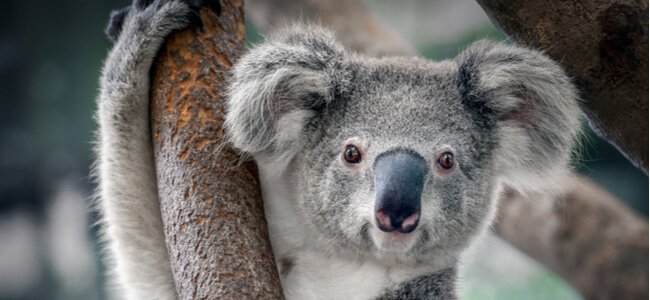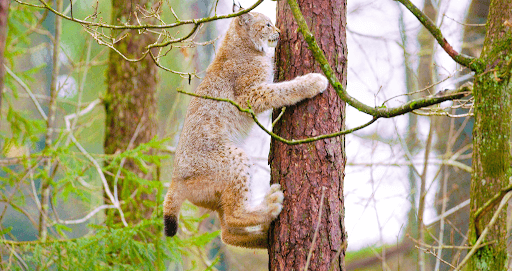How Genetic Testing Is Being Used To Save Animals

The rise in the popularity of genetic testing for humans and pets has never been higher. Many people are turning to these tests to learn more about their ancestry or even health. Similarly, pet owners seek out genetic testing for their animals to gain further health insights or information about their beloved cats or dogs.
Now, the world of DNA is being applied to animals in a different way. By applying the techniques used in testing on pets or humans, specialists can do more to better wildlife conservation.
Differences Between Animal And Human DNA
As humans, we share 99.9% of our DNA with other humans. However, how similar are we to animals? The answer may surprise you. Chimpanzees are human’s closest living relatives, evolutionarily speaking. This animal has a 96% genetic match with humans.
How do animal genetic tests differ from human ones? When a lab takes a sample from an animal, it’s analyzed at many sites within a genome. These sites are called single nucleotide polymorphisms or SNPs. The SNPs are placed in a specific DNA sequence where a genetic variant exists.
With humans, an SNP usually occurs in every 1,000 base pairs of DNA. That means there would be about five million SNPs in each individual. To compare that with an animal, a dog testing kit would look at more than 20,000 SNPs to discern a dog’s breed.
Just as with humans and pets, these same approaches in analyzing genetics can be applied to other animals.
How Animal DNA Databases Work
For animal testing to effectively work, it requires many DNA samples. This is because a baseline of data is needed to compare and analyze samples with. Of course, when you’re dealing with large animals like bears or wild cats, it can be difficult to build a large database.
In the past, building a large database would have been a significantly expensive endeavor. Since genetic testing has evolved for humans, better testing methods have emerged. These methods are newer, quicker, and more cost-efficient. This technology can be harnessed and used in the collection of animal DNA as well.
Researchers can gain critical information into certain animals and populations through the use of an animal DNA database. For example, just as a human genetic test can track migration patterns and ancestry, it’s possible that testing in animals can help researchers identify the origins of populations, migration patterns, and other critical information regarding their movement and development.
What Can We Learn from Animal DNA?
In addition to learning more about migration and ancestral patterns in animals, DNA testing can reveal crucial information regarding animal health.
When there’s a significant loss of a specific kind of animal in a certain place in the world, studying the genetics of that animal population can reveal genetic diseases or illnesses that might be responsible. Once armed with the cause, researchers will know how to heal, pause, or prevent the situation from becoming dire.
Animal Disease Spread And DNA Testing
Disease spread between animal species and between animals to humans is also a significant concern for wildlife managers. Understanding what diseases are at play and how they‘re passed through genetic information between species can be life-saving.
Some scientists and researchers have warned we’re entering the age of pandemics since the world struggles to address the problems associated with the coronavirus. Understanding crucial information about the animal's DNA who is the original host of a major disease could potentially help researchers develop solutions and prevent disease spread.
Wildlife Research And Genetics
The path to using genetics and genomic research for animal wildlife preservation, conservation, and management is still being developed. DNA technologies for humans continue to be developed. Although that development is taking place at a rapid pace, there may be bigger challenges in store for wildlife managers when it comes to adapting this technology for their animal-specific needs.
Bottom Line
Climate change, disease, and human influence threaten different animal species across the globe. Wildlife researchers are finding new hope in adapting genetic technologies to wildlife management. As this technology becomes more exact and usable for animal species, researchers can curb the disease, understand animal populations more fully, and eventually save and preserve different species.



